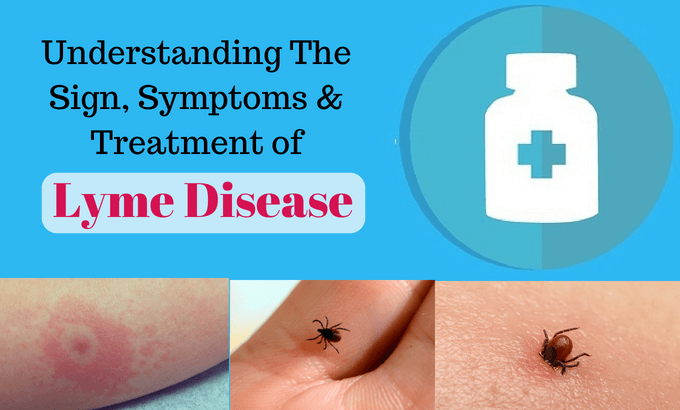

Fountain Valley Urgent Care Permanently Closed. We’re Here to Care for You at Our Other Locations.

Lyme disease is a common disease often associated with deer ticks. You"re most likely to be diagnosed with it if you spend time outside in tall grass or hiking in the woods. You can reduce your risk of being exposed to Lyme disease by wearing long sleeve shirts and pants, wearing insect repellent, and carefully checking for ticks when you leave the woods.
There are several signs and symptoms associated with Lyme disease: Early signs and symptoms (3 to 30 days) include:
Most noticeably is the rash that often appears in the shape of a “bullseye,” with a small, reddish area, and a bright red ring encircling it. The rash can appear anywhere from 3 to 30 days after being bitten by a tick. The rash may continue to grow and it may appear in more than one area. You may also experience symptoms that resemble those of the flu. Weeks or months after the infection, you may begin to experience joint pain and neurological issues. In severe cases, nausea and vomiting may be present. If you begin to feel extremely fatigued and are experiencing many of the symptoms listed above, it"s essential that you be checked out by a doctor. Although a relatively small number of ticks carry the bacteria that result in Lyme disease, it"s difficult to know if you have been infected simply by looking at a bite. Having a doctor evaluate your symptoms will give you more information.
Lab tests can be used to determine whether or not you have Lyme disease, and will allow the doctor to make an accurate diagnosis. Your doctor may prescribe oral or intravenous antibiotics, depending on how advanced the condition is. Intravenous antibiotics are mostly used if the infection has spread to the central nervous system. Without proper treatment, Lyme disease can damage the heart and also affect the joints. If you believe you may have Lyme disease, don"t wait to be diagnosed. Go to the doctor as soon as you begin to notice the symptoms. Early treatment is the best way to keep the condition under control. With proper care, your doctor can stop the infection from spreading.
Share Your Valuable Thought